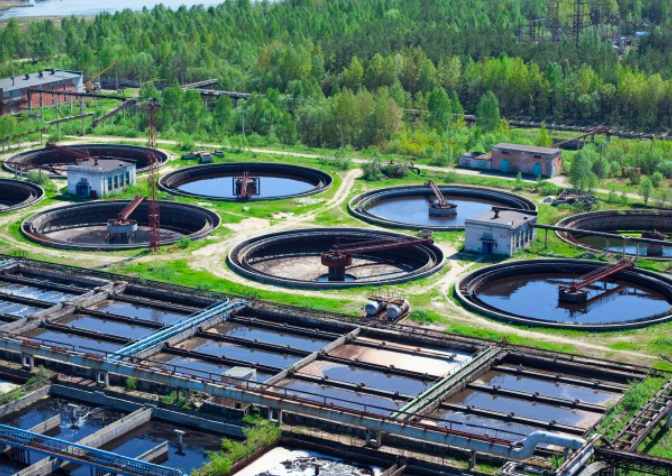Editor’s note: In 2013, Cat Johnson shared “Six Ways to Celebrate Earth Day with Permanent Change”, a helpful guide showcasing practices you can easily adapt to make your life and community just a little greener. Since then, we’ve added even more guides to help folks share, learn and collaborate for the good of the environment.
Born of a resolve to protect the earth and educate people about our relationship with it, Earth Day will be celebrated around the world this weekend. While park gatherings, festivals and other events are nice, the real change happens not in one-off gatherings, but in changing our lifestyles to prioritize the planet.
This Earth Day, celebrate, learn, and spread the word about conservation, reusing, composting, sustainability, recycling, sharing and all that good stuff. But don’t let that be the end of it. Let Earth Day serve as a seed for creating a lasting, positive impact in your corner of the planet. Below are some how-to’s to get the ball rolling. For more ideas, check out Shareable’s How to Share Guide.
How to be a car-free family
One of the biggest changes you can make for the planet, your health and your pocketbook is to go car-free. Making the leap to being car-free with little ones in tow, however, poses some unique challenges. Here’s some practical advice on making it work (and enjoying the ride), from parents who have been there.

How to transform plastic “waste” into a bottle brick
Bottle bricks (or “eco bricks”) have been used to build houses, school buildings, and other structures for well over a decade in Latin America and they are now increasingly being used around the world as a viable way to clean up the environment, prevent plastic pollution, and create a much-needed building material.
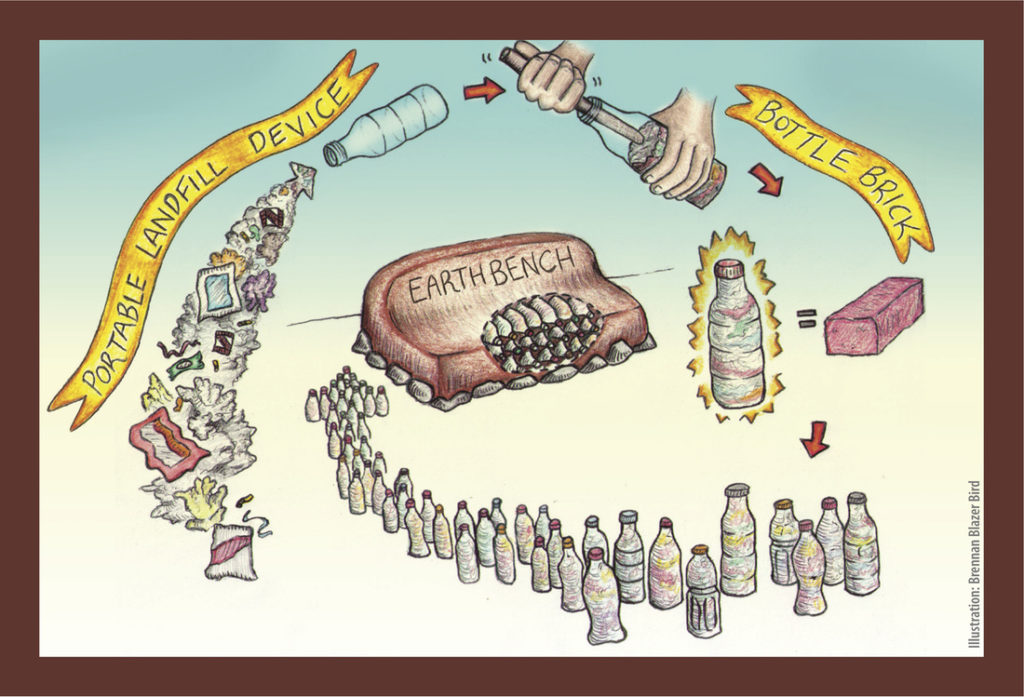
How to launch your own seed lending library
Did you ever think that gardening, or saving and sharing seeds would be an act of resistance? Seed lending libraries can serve as essential tools in maintaining control of what we eat, as well as bringing awareness to the growing control big business has over our food supply.

How to start and participate in a Buy Nothing group
Capitalism, consumerism and planned obsolescence have done a number on our environment. Among other practices, simply buying less stuff helps us cut down on waste, consume intentionally and build community. Buy Nothing facilitates local gift economies around the world — communities that take care of their local members while conserving their carbon footprints.
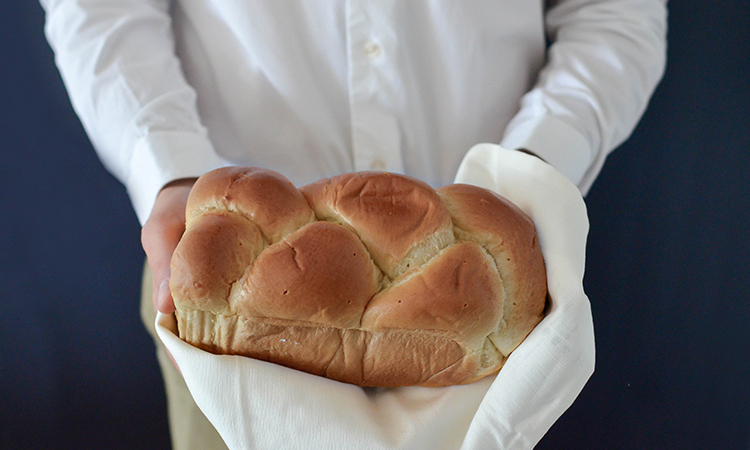
How to dumpster dive, eat free & fight waste
Like suburban organization, the supermarket puts a premium on appearance, convenience, and profit and is not designed for ecological or human-scale concerns. With a little bit of effort, you can make sure at least some of that waste goes to use, and save yourself a lot of money in the process, by dumpster diving for the perfectly good food that often becomes waste.
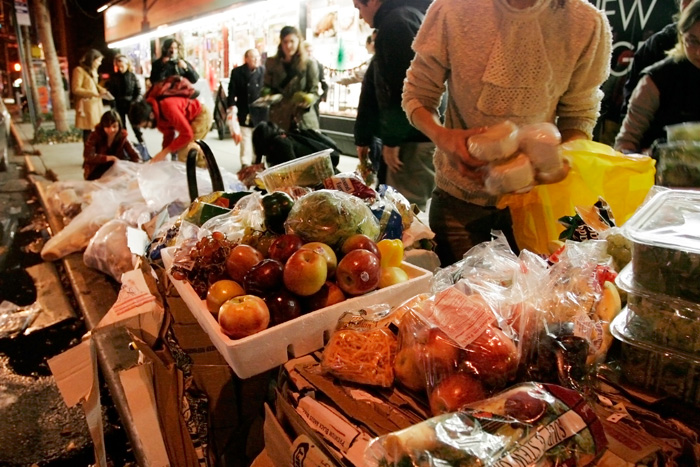
How to create abundant cities
There’s a lot of focus on creating sustainable cities these day. And do we ever need it! But in addition to cities that close the circle on waste and energy consumption, we can work to create cities of abundance, where art, music, and expression are encouraged and supported.
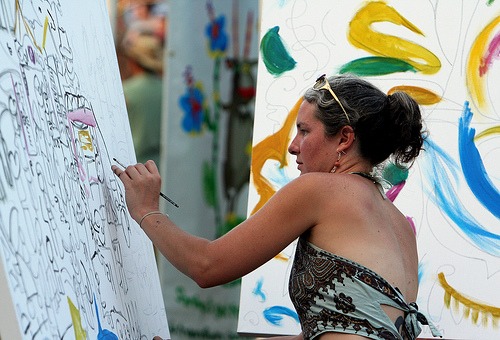
How to run a bike valet
Bike valets aren’t limited to festivals and farmers’ markets. You can set them up wherever there are people, bikes and a little space. Consider setting up or suggesting bike valet services for restaurants, business parks, churches or malls. They’re pretty simple to set up, they encourage bicycle infrastructure, and cyclists will rest easy knowing that their wheels are being watched.
How to start a community composting project
Frustrated your town doesn’t offer a way for you to compost your food scraps? Don’t despair. Get active. Composting is a proven way to address problems like climate disruption. It cuts methane emissions at landfills, while storing carbon in soils.

How to achieve a zero-waste lifestyle
Transitioning to a zero-waste lifestyle doesn’t happen overnight, but is a noble endeavor worth investing your time and energy in. Melanie Mannarino, the author of The (Almost) Zero-Waste Guide, wrote about working up to a zero-waste life in whatever ways we are comfortable in all aspects of our lives.

5 ways to achieve circular development on the local level
The circular economy turns linear supply chains into loops so that nothing is wasted. Ideally, there is no more end of the line like a landfill. But what does a circular city look like, and how can local governments and citizens come together to create one?
